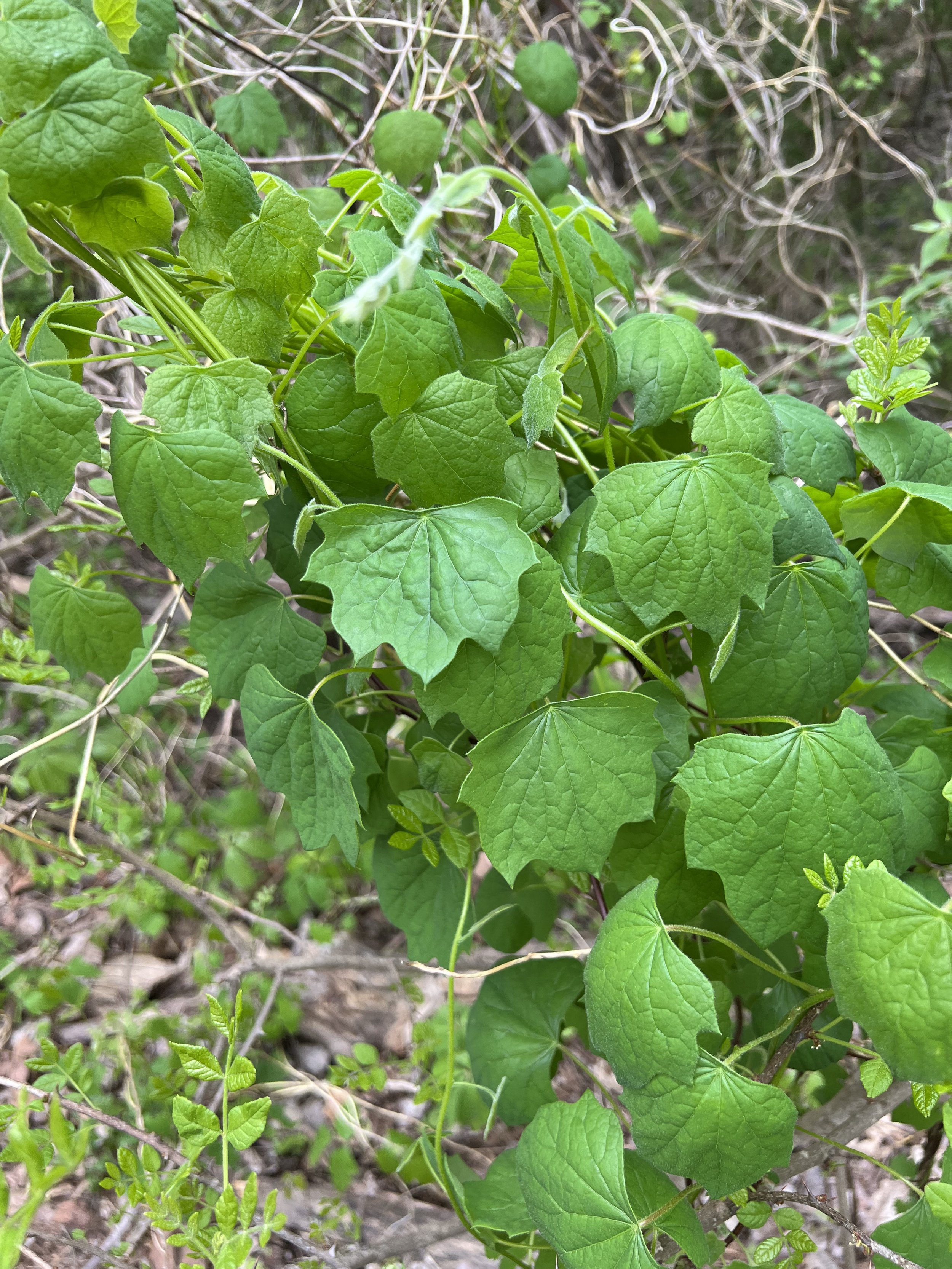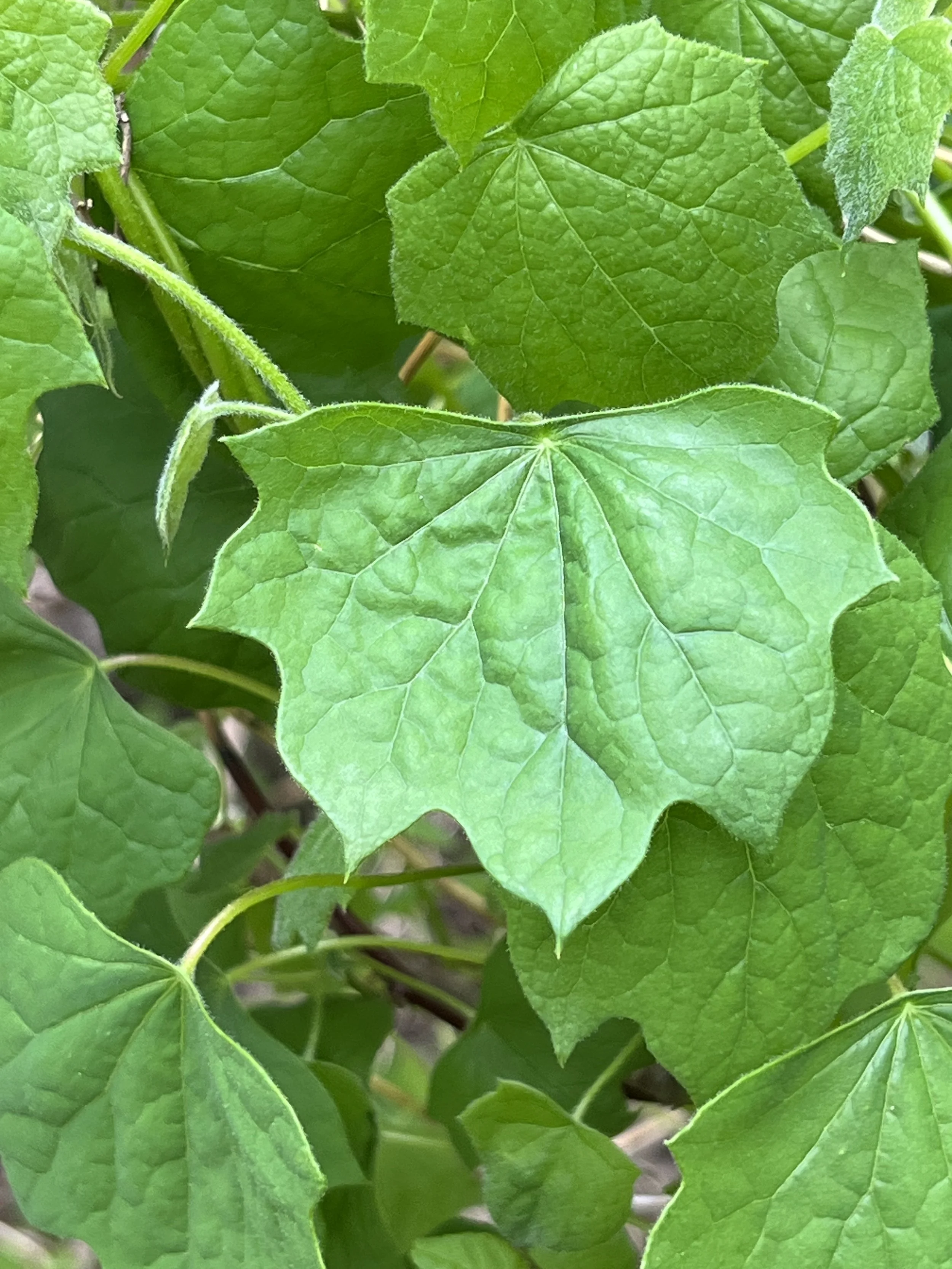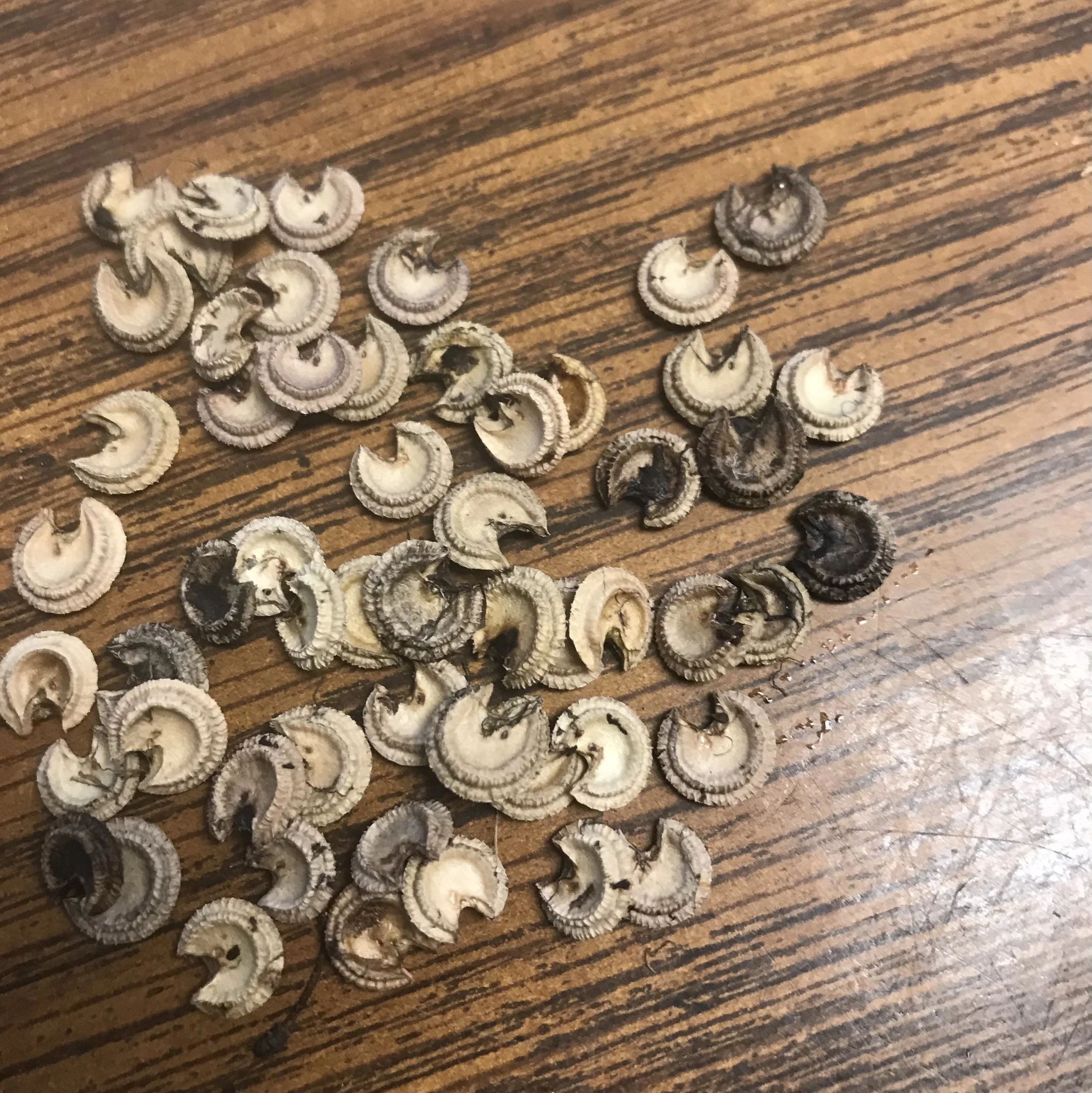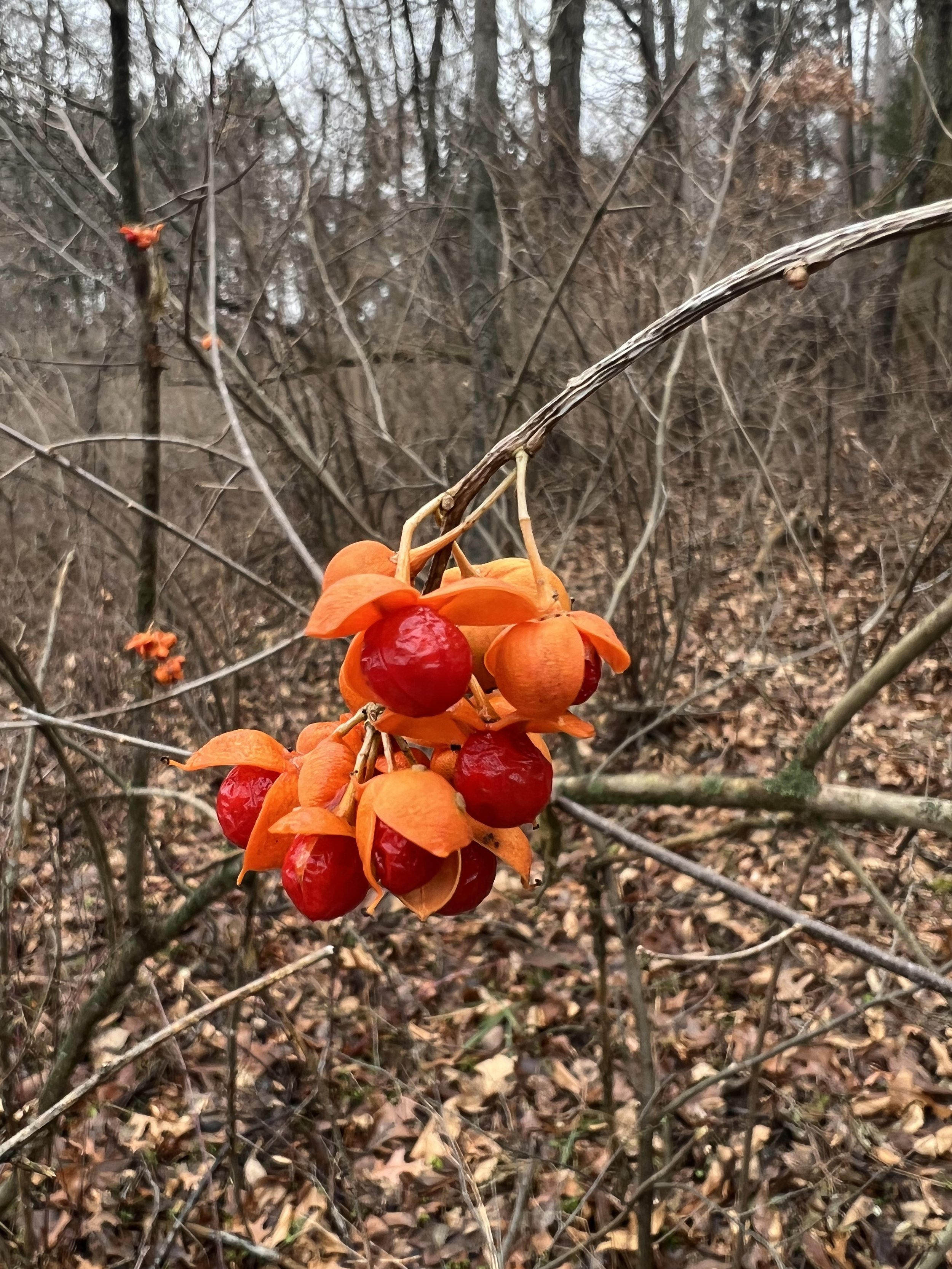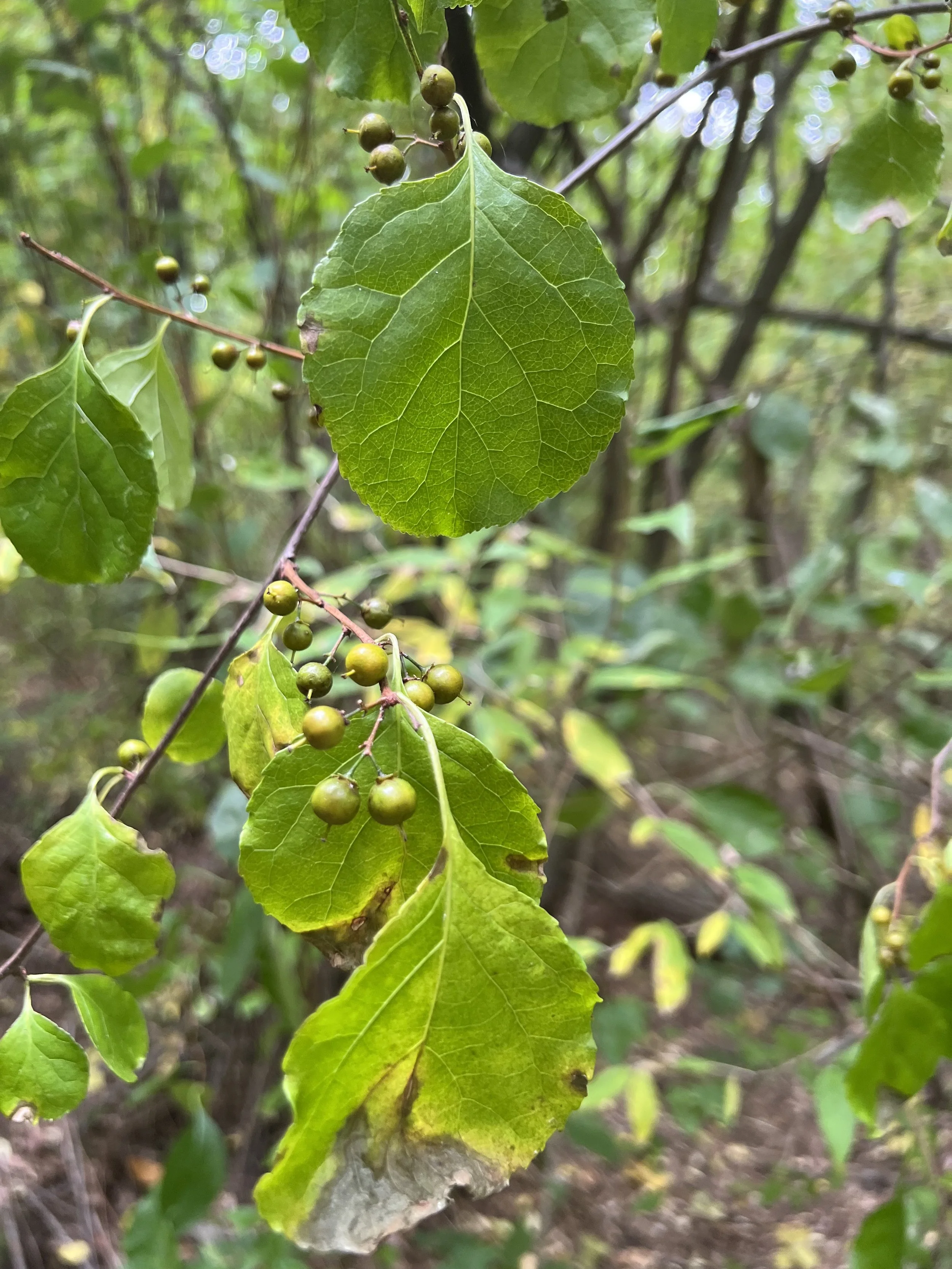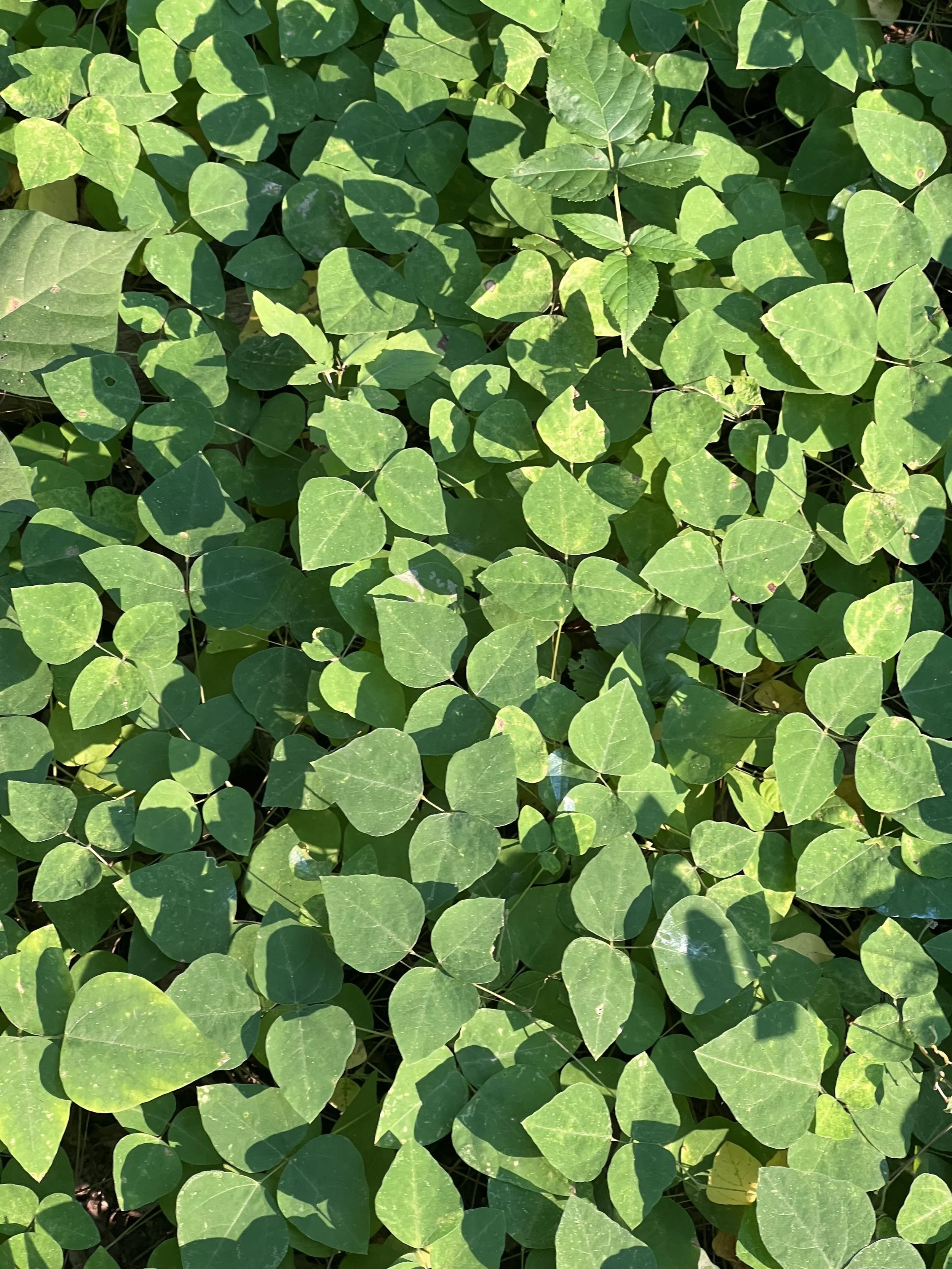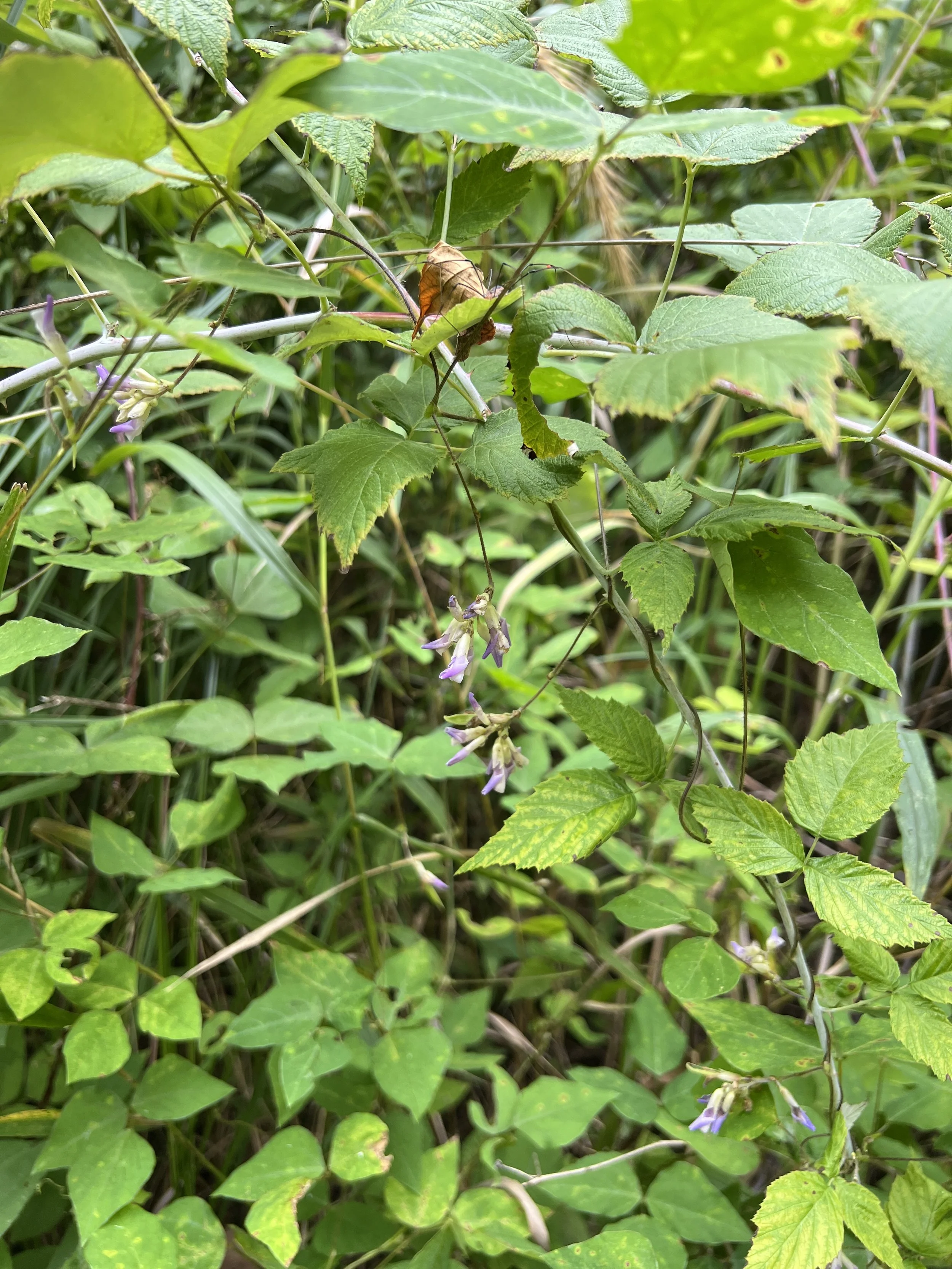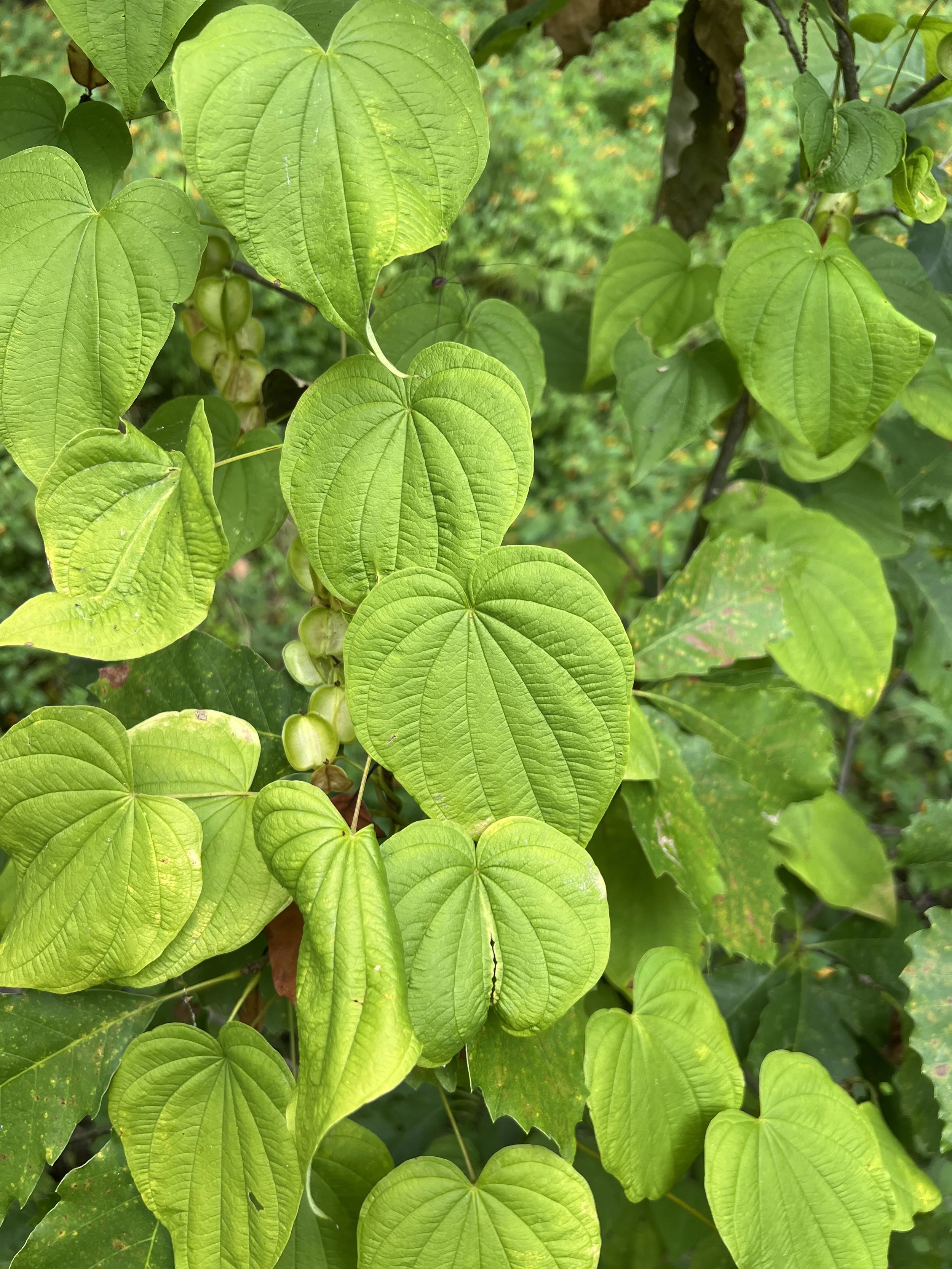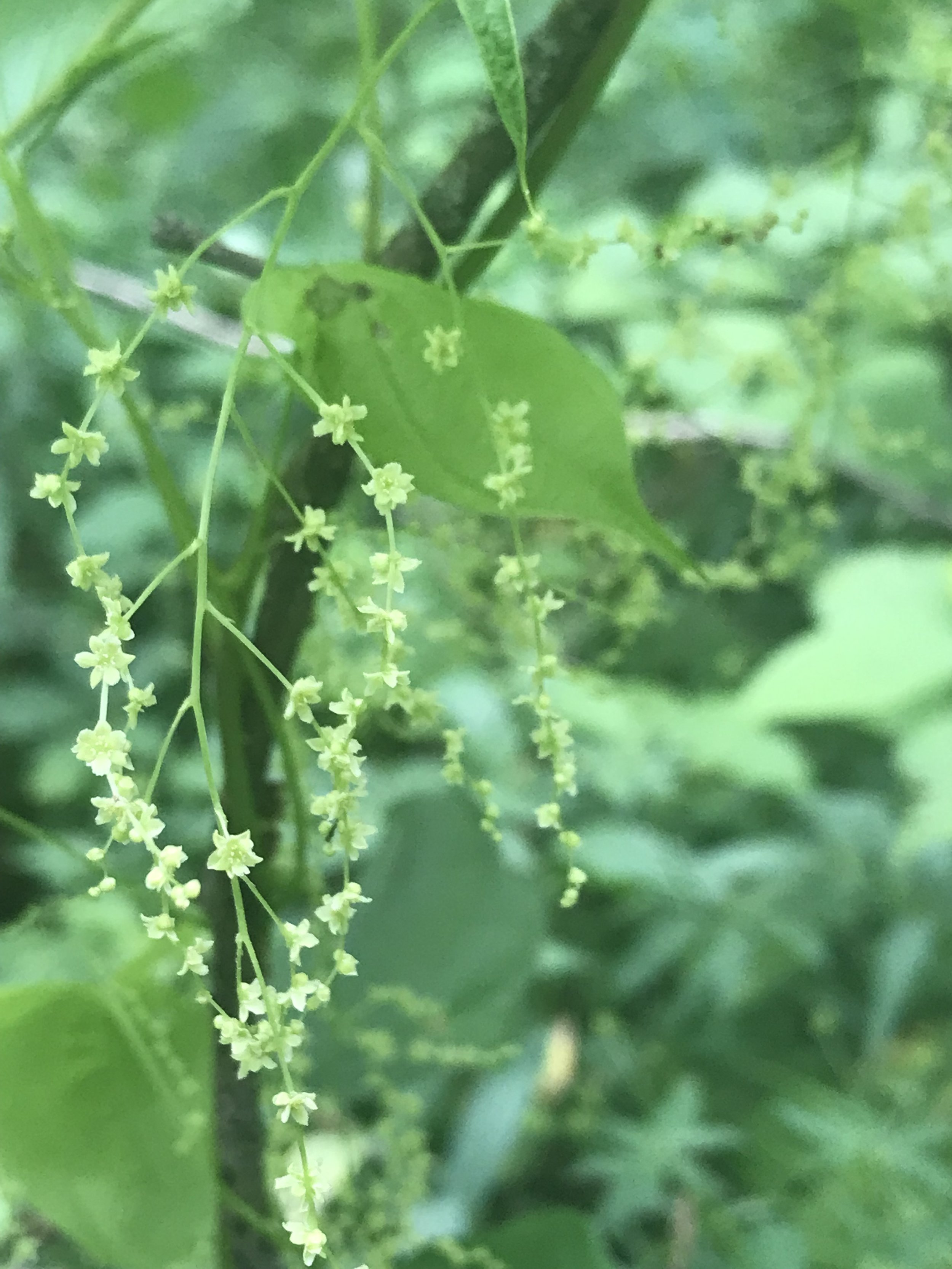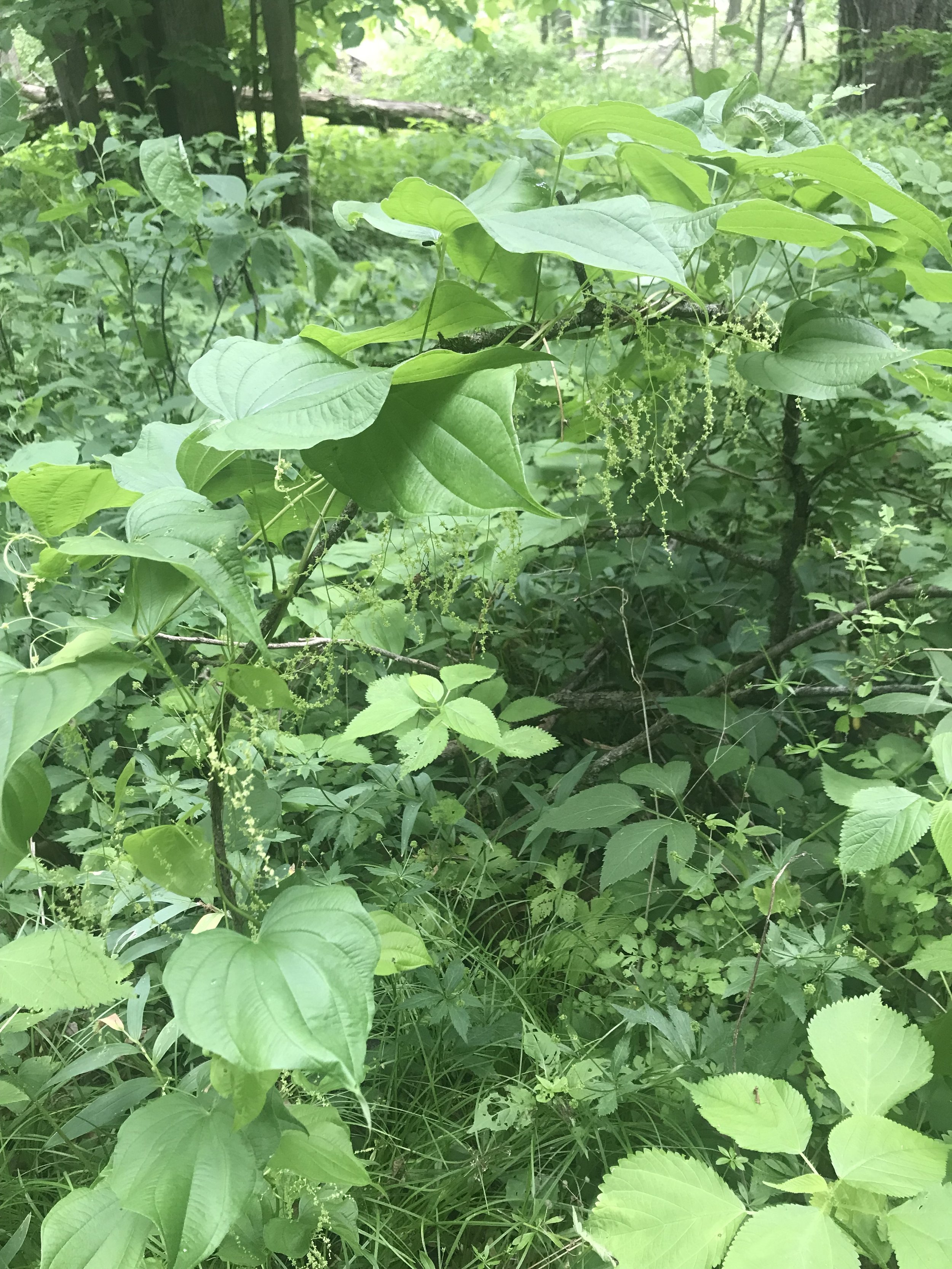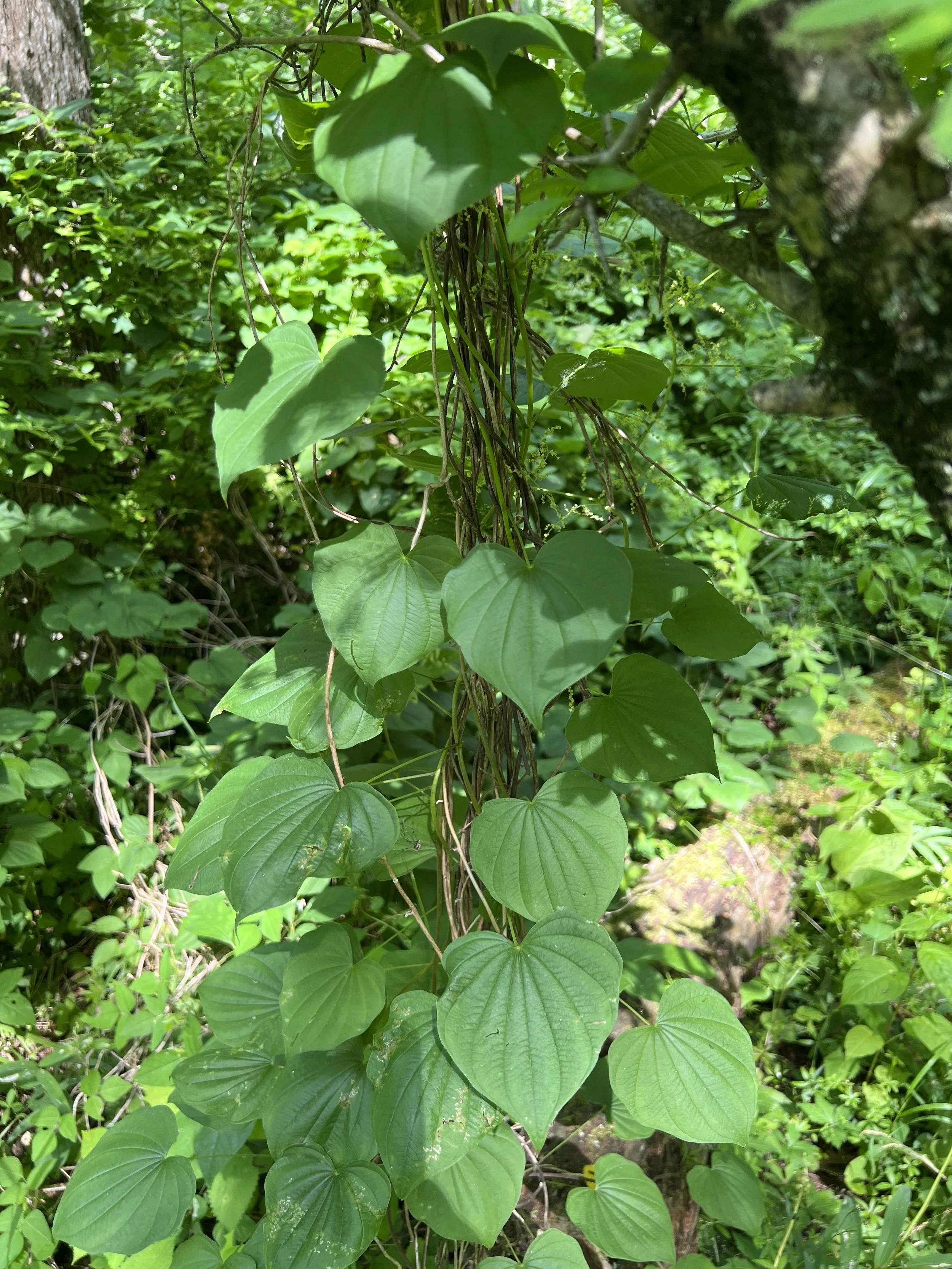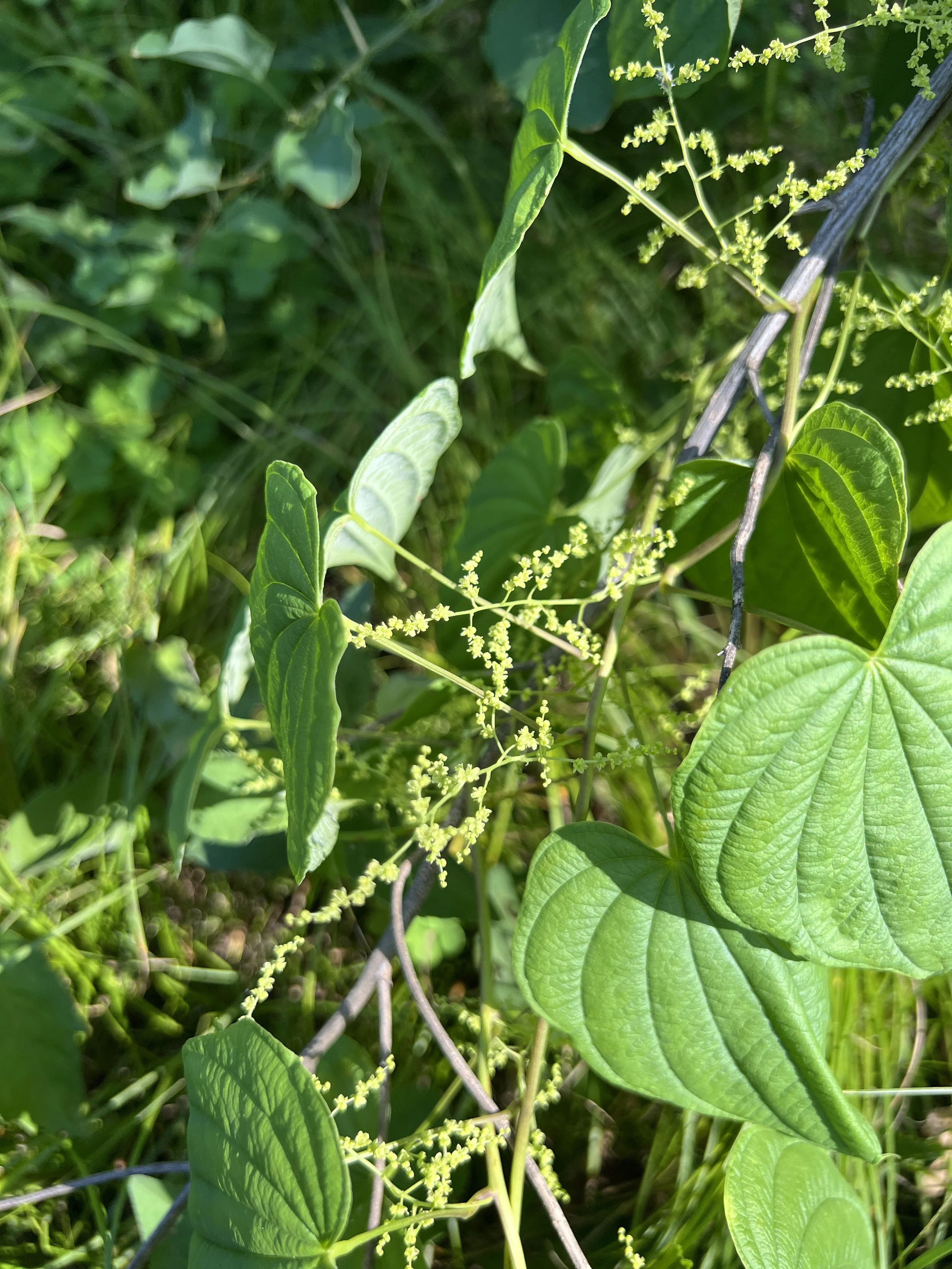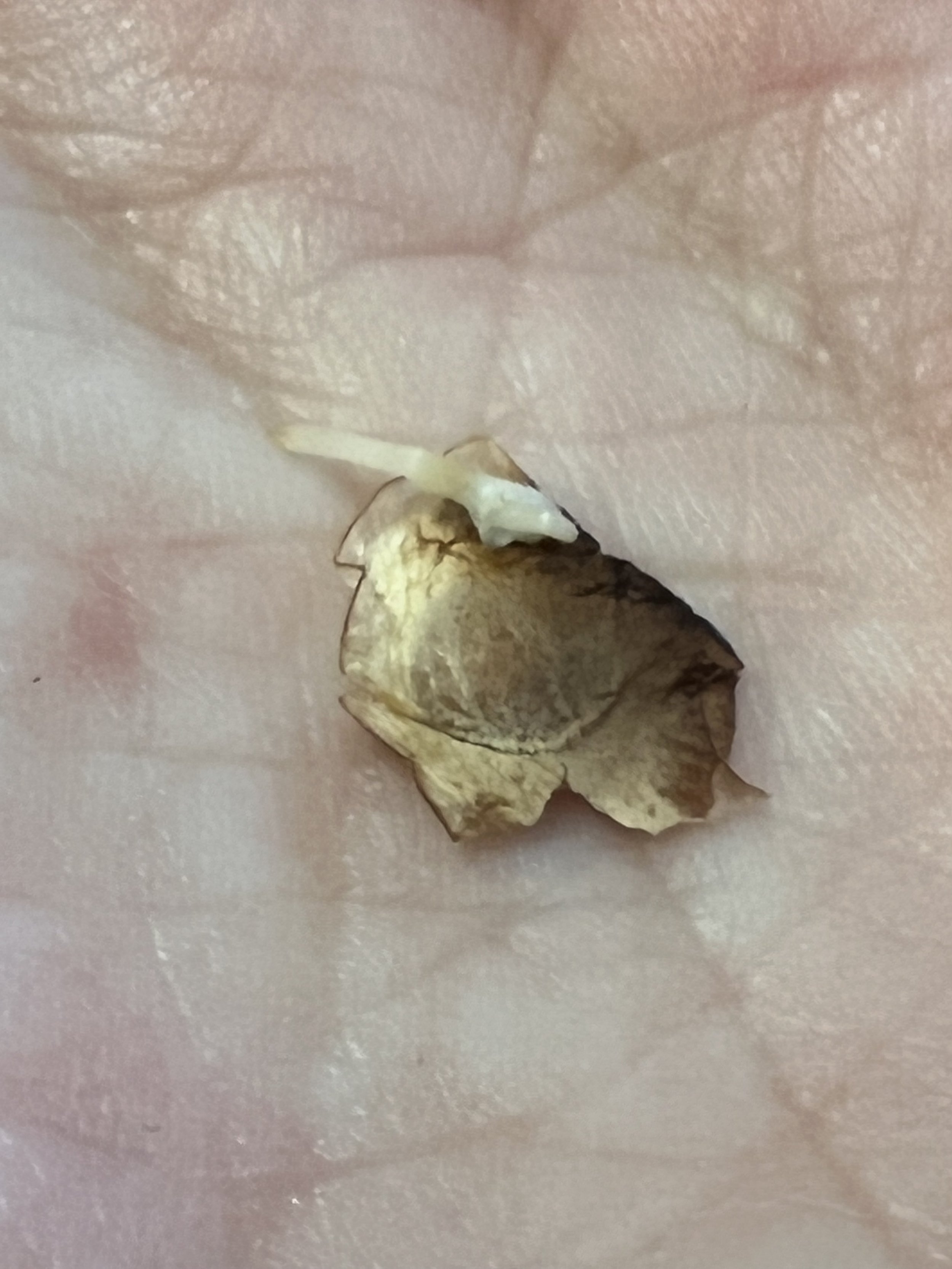 Image 1 of 6
Image 1 of 6

 Image 2 of 6
Image 2 of 6

 Image 3 of 6
Image 3 of 6

 Image 4 of 6
Image 4 of 6

 Image 5 of 6
Image 5 of 6

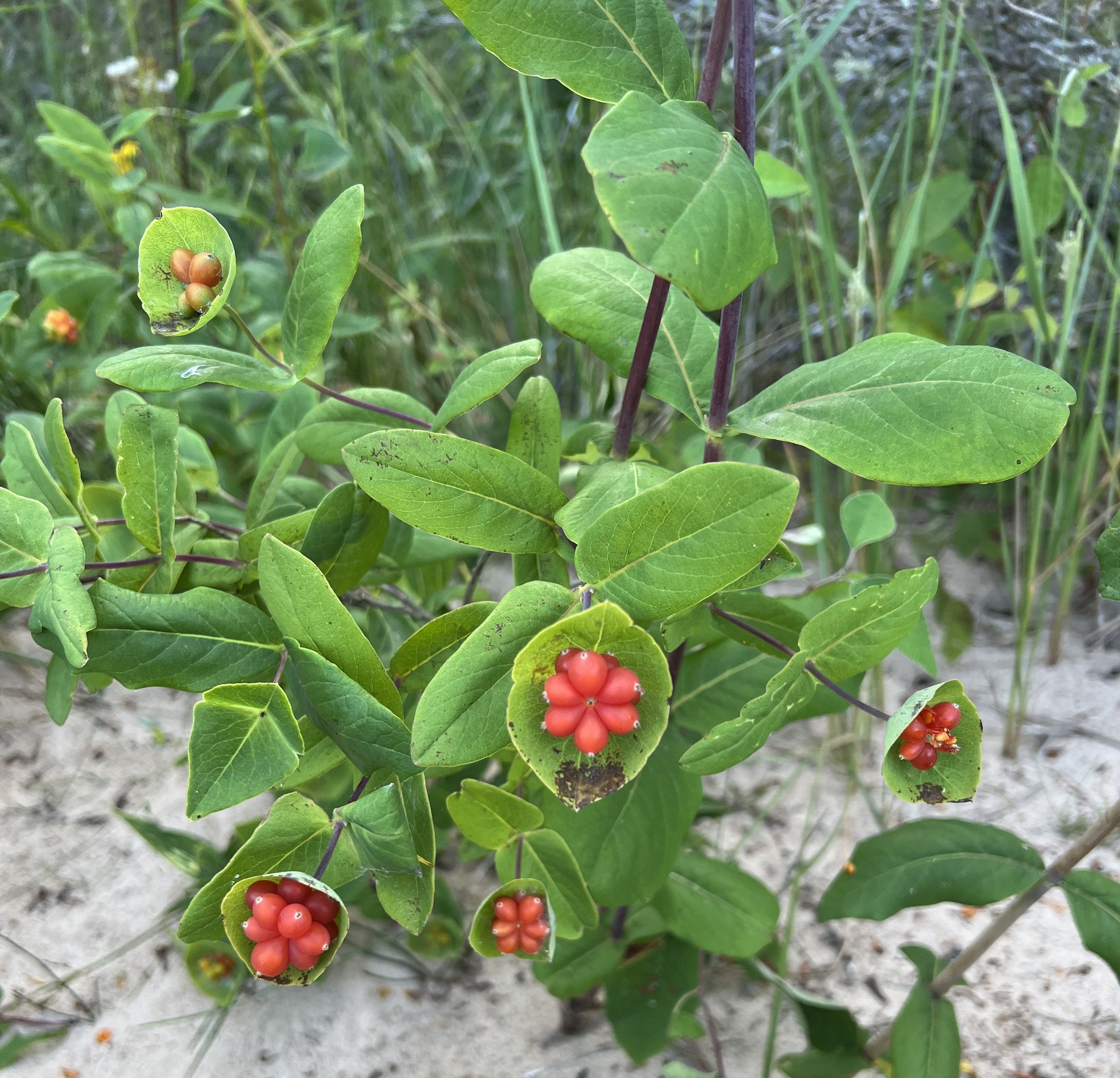 Image 6 of 6
Image 6 of 6







Red Honeysuckle (Lonicera dioica)
from $5.50
Sold Out
Red honeysuckle is a vine, but not the traditional green vine, with tendrils, that grows up from the ground every year. Instead it becomes woody. It can grow from 5, to reportedly, 10 feet in height.
Leaves are opposite, smooth on top, and pale to white underneath. The top two leaves are joined together and small yellow to (usually) red trumpet shaped flowers grow out of the center of the leaves. There is another honeysuckle vine also native to Michigan, it has yellow flowers and hairy leaves.
Berries grow once the flowers have been pollinated. They start out green and turn orange and red. The vine can twine up a tree, or grow on its own, rooting where it touches the ground.
Hummingbirds and moths feed on the nectar and it is also a host plant for the hummingbird clearwing and other butterflies & moths as well.
It grows in the woods, on the edge of woods and also in full sun in medium-wet to medium-dry soil throughout the state of Michigan.
Note: For those who may have noticed the dioica species epithet, and recognize that this means “two sexes,” in this case it is a misnomer you do not need more than one plant to ensure fertilization.
Red Honeysuckle (Lonicera dioica)
Michigan Flora reference page for state distribution: Red Honeysuckle
Bloom time: June-July
Soil: medium moisture sand, loam
Sun: full sun to part shade
Flower: yellow to red
Life cycle: perennial
Family: Caprifoliaceae
Michigan native: yes
Seed source: Michigan
Sizes:
Get notified by email when this product is in stock.
Red honeysuckle is a vine, but not the traditional green vine, with tendrils, that grows up from the ground every year. Instead it becomes woody. It can grow from 5, to reportedly, 10 feet in height.
Leaves are opposite, smooth on top, and pale to white underneath. The top two leaves are joined together and small yellow to (usually) red trumpet shaped flowers grow out of the center of the leaves. There is another honeysuckle vine also native to Michigan, it has yellow flowers and hairy leaves.
Berries grow once the flowers have been pollinated. They start out green and turn orange and red. The vine can twine up a tree, or grow on its own, rooting where it touches the ground.
Hummingbirds and moths feed on the nectar and it is also a host plant for the hummingbird clearwing and other butterflies & moths as well.
It grows in the woods, on the edge of woods and also in full sun in medium-wet to medium-dry soil throughout the state of Michigan.
Note: For those who may have noticed the dioica species epithet, and recognize that this means “two sexes,” in this case it is a misnomer you do not need more than one plant to ensure fertilization.
Red Honeysuckle (Lonicera dioica)
Michigan Flora reference page for state distribution: Red Honeysuckle
Bloom time: June-July
Soil: medium moisture sand, loam
Sun: full sun to part shade
Flower: yellow to red
Life cycle: perennial
Family: Caprifoliaceae
Michigan native: yes
Seed source: Michigan
